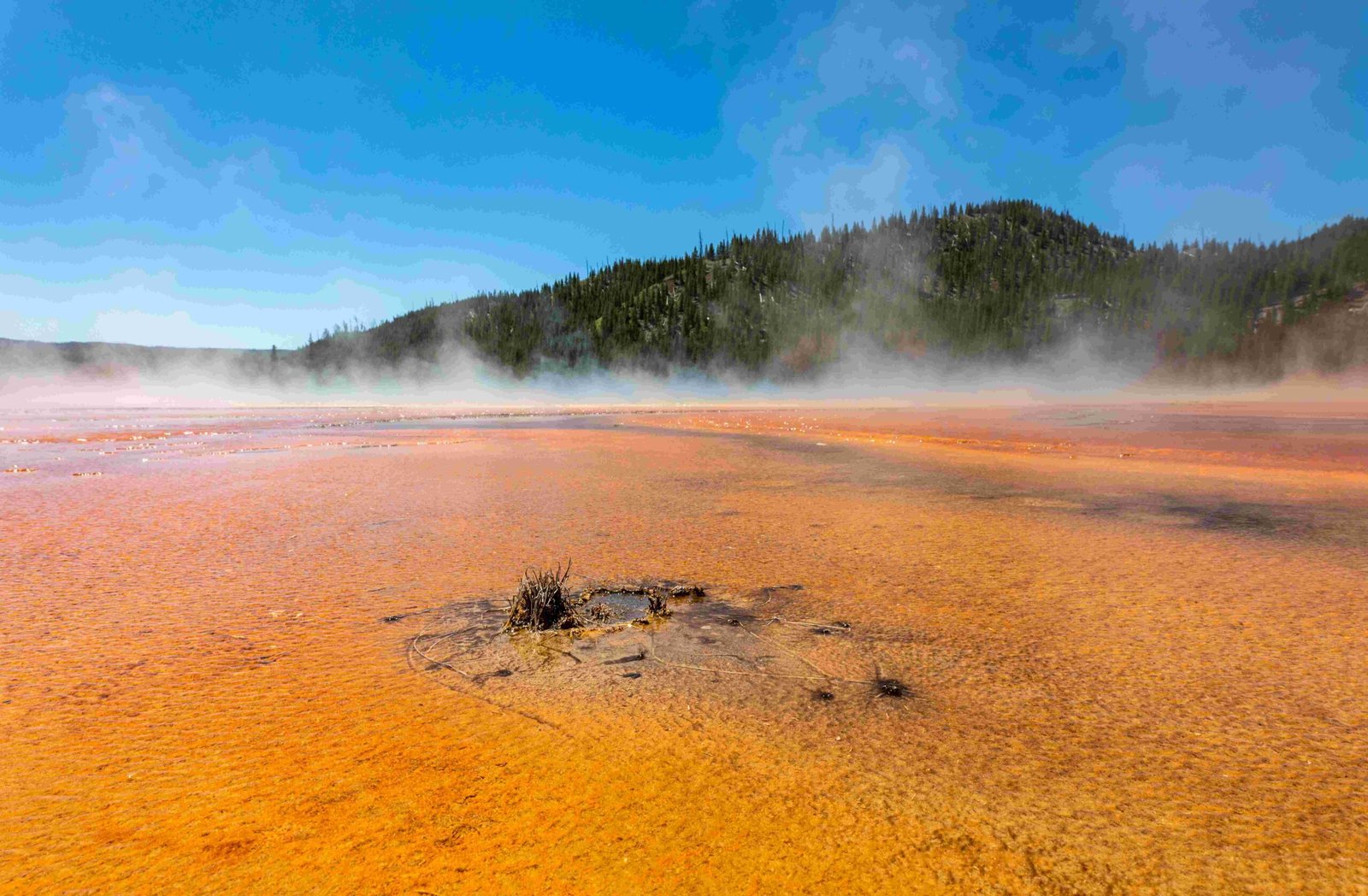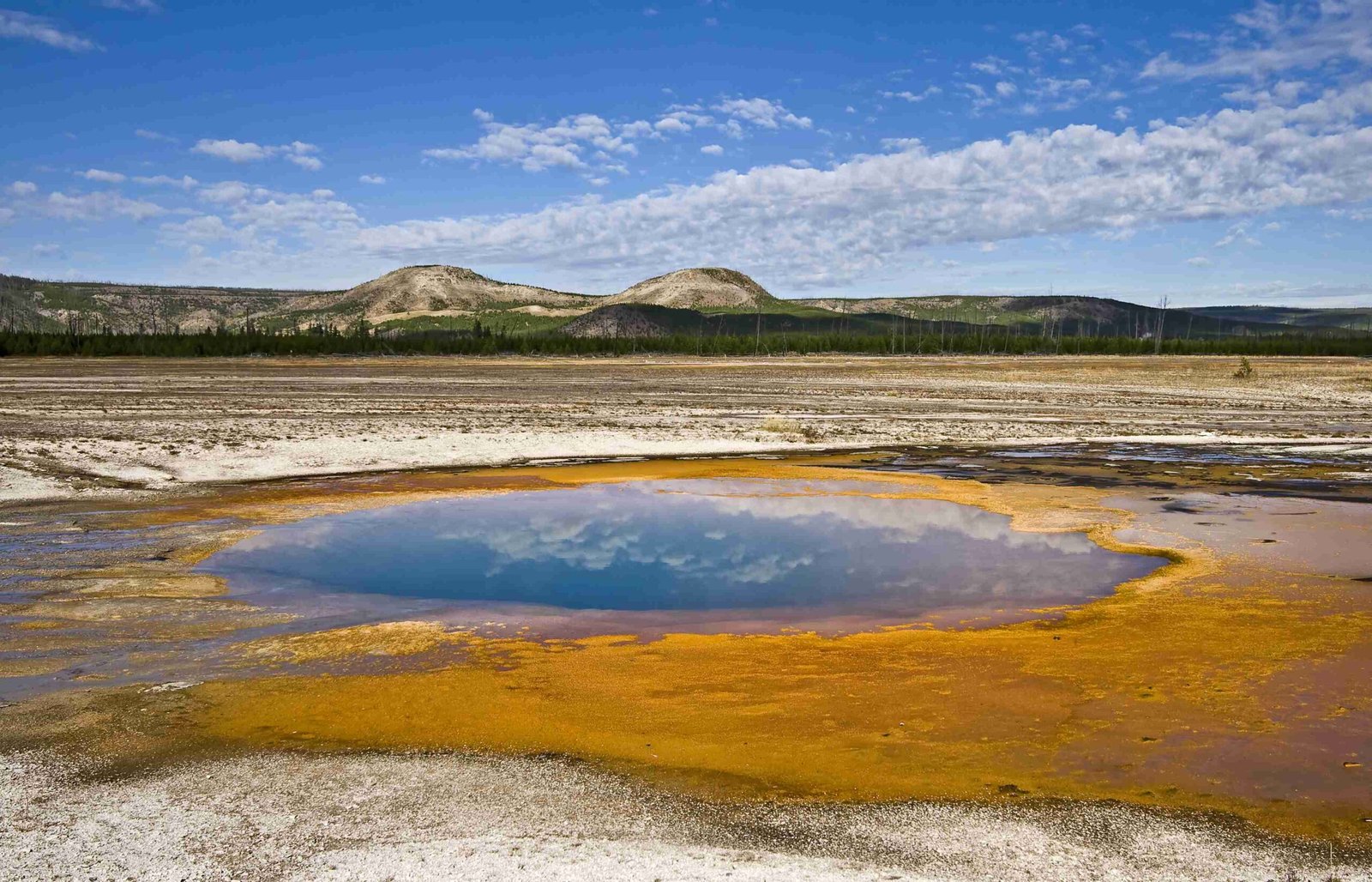Yellowstone National Park is home to an extensive network of rivers and lakes, offering visitors a diverse array of aquatic ecosystems to explore. From the expansive Yellowstone Lake to the winding Snake River, these water bodies play a crucial role in the park’s ecology and provide numerous recreational opportunities. The park’s rivers and lakes support a rich variety of fish species, including native cutthroat trout and non-native lake trout, while also serving as important habitats for wildlife and contributing to the park’s stunning landscapes.
What Are the Major Rivers in Yellowstone National Park?

Yellowstone National Park boasts several significant rivers that shape its landscape and ecosystem:
- Yellowstone River: The longest undammed river in the contiguous United States, flowing for nearly 700 miles.
- Madison River: A popular fly-fishing destination, formed by the confluence of the Firehole and Gibbon rivers.
- Snake River: Originates in the park and flows through Grand Teton National Park.
- Firehole River: Known for its geothermal features and excellent fishing opportunities.
- Lamar River: Located in the northeastern part of the park, famous for wildlife viewing.
These rivers not only provide scenic beauty but also support diverse ecosystems and recreational activities.
What Are the Notable Lakes in Yellowstone National Park?

Yellowstone National Park is home to several remarkable lakes:
- Yellowstone Lake: The largest high-elevation lake in North America, covering 136 square miles.
- Shoshone Lake: The largest backcountry lake in the lower 48 states, accessible only by trail or boat.
- Lewis Lake: A popular destination for boating and fishing, located in the southern part of the park.
- Heart Lake: A remote lake in the backcountry, known for its heart-like shape.
- Trout Lake: A small but picturesque lake in the northeast section of the park.
Each of these lakes offers unique experiences and contributes to the park’s diverse aquatic ecosystems.
What Fishing Opportunities Are Available in Yellowstone’s Rivers and Lakes?
Fishing is a popular activity in Yellowstone National Park, with opportunities available in both rivers and lakes. Here’s what you need to know:
- Fishing Regulations:
- A Yellowstone National Park fishing permit is required.
- Fees: $18 for 3 days, $25 for 7 days, $40 for a season permit.
- Children 15 and younger can fish for free with a supervising adult.
- Native fish must be released unharmed.
-
Non-native fish have no possession limit.
-
Fishing Seasons:
- General season: Saturday of Memorial Day weekend through the first Sunday in November.
-
Starting November 1, 2024: Year-round fishing in certain areas like Madison River and Gardner River.
-
Fish Species:
- Native: Cutthroat trout, mountain whitefish, Arctic grayling.
- Non-native: Brown trout, brook trout, rainbow trout, lake trout.
What Boating Activities Are Permitted on Yellowstone’s Waters?
Boating is another popular activity in Yellowstone’s rivers and lakes:
- Boating Permits:
- Required for both motorized and non-motorized boats.
- Fees range from $5 for a non-motorized 7-day permit to $60 for a motorized season permit.
-
Aquatic Invasive Species (AIS) inspections are mandatory and included in permit fees.
-
Popular Boating Locations:
- Yellowstone Lake
- Lewis Lake
-
Shoshone Lake (non-motorized only)
-
Rental Options:
- While specific rental information is not provided, kayaks and canoes are typically available for rent near park entrances and within the park.
How Do Yellowstone’s Rivers and Lakes Contribute to the Park’s Ecosystem?
Yellowstone’s rivers and lakes play a crucial role in the park’s ecosystem:
- Wildlife Habitat: Provide essential habitats for various species, including fish, birds, and mammals.
- Water Source: Serve as a vital water source for plants and animals throughout the park.
- Geothermal Activity: Some water bodies, like the Firehole River, are influenced by the park’s geothermal features.
- Nutrient Cycling: Facilitate the movement of nutrients throughout the ecosystem.
- Climate Regulation: Help regulate local climate patterns and contribute to the park’s overall environmental balance.
What Conservation Efforts Are in Place for Yellowstone’s Aquatic Ecosystems?
Yellowstone National Park has implemented several conservation measures to protect its rivers and lakes:
- Native Fish Conservation:
- Mandatory catch-and-release for native species like cutthroat trout.
-
Removal programs for non-native species, particularly lake trout in Yellowstone Lake.
-
Aquatic Invasive Species Prevention:
- Mandatory boat inspections to prevent the introduction of invasive species.
-
Prohibition of felt-soled waders to reduce the spread of aquatic invasive species.
-
Water Quality Monitoring:
- Regular monitoring of water quality in rivers and lakes.
-
Implementation of measures to reduce pollution and maintain water quality.
-
Habitat Restoration:
-
Projects to restore and protect riparian areas and aquatic habitats.
-
Education and Outreach:
- Programs to educate visitors about the importance of aquatic ecosystems and conservation efforts.
By implementing these measures, Yellowstone National Park aims to preserve its unique aquatic ecosystems for future generations.

